A snotty nose isn’t cute on anybody, and that includes your horses. But before you grab a rag to wipe her nose (or heaven forbid your shirt), you’ve got to do the dirty work. You guessed it; you have to inspect the discharge. While you’re at it, you’ll also need to give her a good look over. Sometimes the nasal secretions are giving you an early warning of a much more serious problem.
When you’re checking out the discharge note its color, odor, quantity, and consistency. Is there anything like debris, dust, or food in there? We definitely want to rule out choke. Is it one or both nostrils? Grab your phone and takes some pictures for Dr. Hancock to look at. How’s her demeanor? If she appears “dull” or lethargic, anxious, or stressed, that could also be a sign of a bigger problem. Has she been eating and drinking? Is she also coughing? These are all questions that you’ll need to answer when you talk to the Vet, so keep them in mind.
Check her vital signs. It’s always a good practice to check vitals when there is any kind of health issue. Is she running a fever or have an elevated heart rate? There are plenty of reasons why she may have developed this.
- Respiratory Infections: Bacterial or viral infections such as equine influenza or equine herpes
- virus can lead to respiratory symptoms, including a runny nose.
- Allergies: Horses can be allergic to various environmental factors, such as pollen, dust, or mold spores. Allergic reactions can result in nasal discharge.
- Irritants: Exposure to irritants like ammonia in the stable bedding or dust in the hay can cause a horse’s nose to run.
- Foreign Objects: Sometimes, a foreign object lodged in the nasal passages can lead to nasal discharge.
- Environmental Conditions: Cold or damp weather can cause a horse’s nose to run as a natural response to help humidify the incoming air.
- Physical Exertion: Intense exercise can also cause a temporary increase in nasal discharge due to increased respiratory rate.
- Dental Issues: Dental problems can sometimes lead to nasal discharge, especially if there is an abscess or other issue affecting the sinus area.
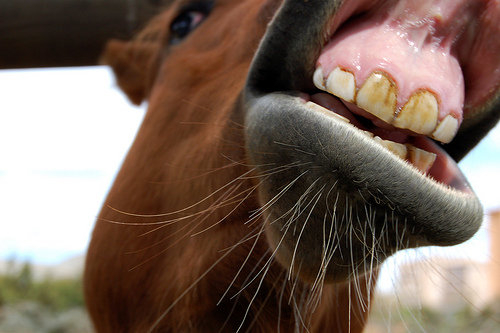
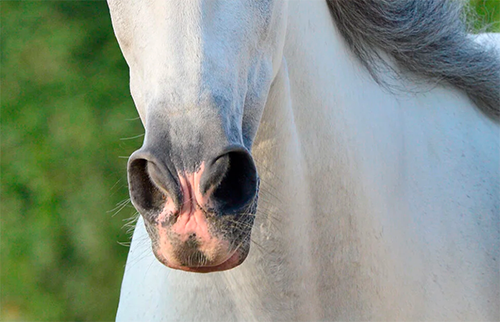
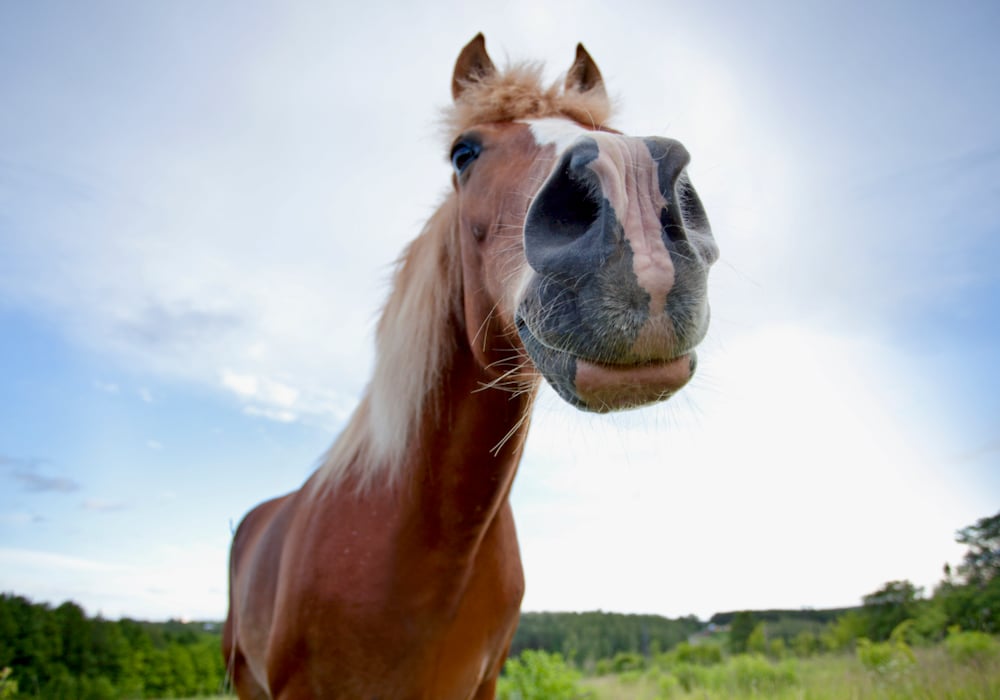
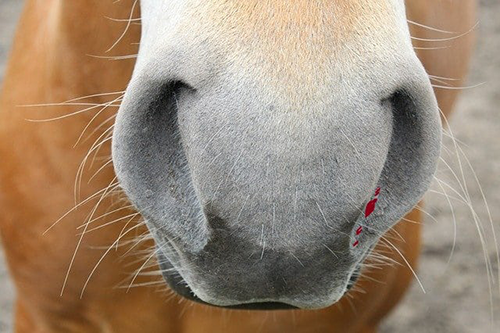
If she’s just having clear draining and otherwise seems fine, you’ve probably got nothing to worry about. Simply inhaling hay or dust can cause localized irritation in the nose. Check her eyes, too. She may have gotten some dust in her eye and the excess tears are draining through her nostrils. In this case, go ahead and get her cleaned up but keep an eye on it for any changes.
Now, if you’re seeing more serious issues, you’ll need to call us right away. These are:
- Foul-smelling discharge could indicate infection, possibly in a tooth or sinus. If that’s the case you might notice some swelling on one or both sides of her face. She might have thin, gray, frothy mucus that is super smelly, which could tell us there’s an infection of the guttural pouches.
- Bright-red blood that flows without slowing or stopping might be a sign that there is an injury to the nasal passages.
- Dark blood draining from her nose has probably been there for a while, accumulating somewhere in her head – like sinuses or guttural pouches. But if dark blood gushes out when she lowers her head, it’s likely going to be a problem with her respiratory tract.
- Thick, yellow, pus-filled mucus might lead us to think there is a bacterial or viral infection or strangles. In all of cases with this mucus there will be a fever, cough, or other signs of illness. In the case of strangles, you might find painful swellings under her jaw and around her throat. She may also stand with her head lowered.
- Saliva and chewed food coming from her nose or mouth are signs of choke, a blockage in the esophagus that keeps what she swallows from reaching her stomach. Read our complete article on choke here.
To be on the safe side, go ahead and segregate her from her buddies if there are signs of strangles or infection, or another contagious disease. About 10 feet away is sufficient, just so that they can’t touch noses and cough on each other.
*Take good measures to tidy yourself up, too. If your hands or clothes have discharge on them, you could spread it around too.
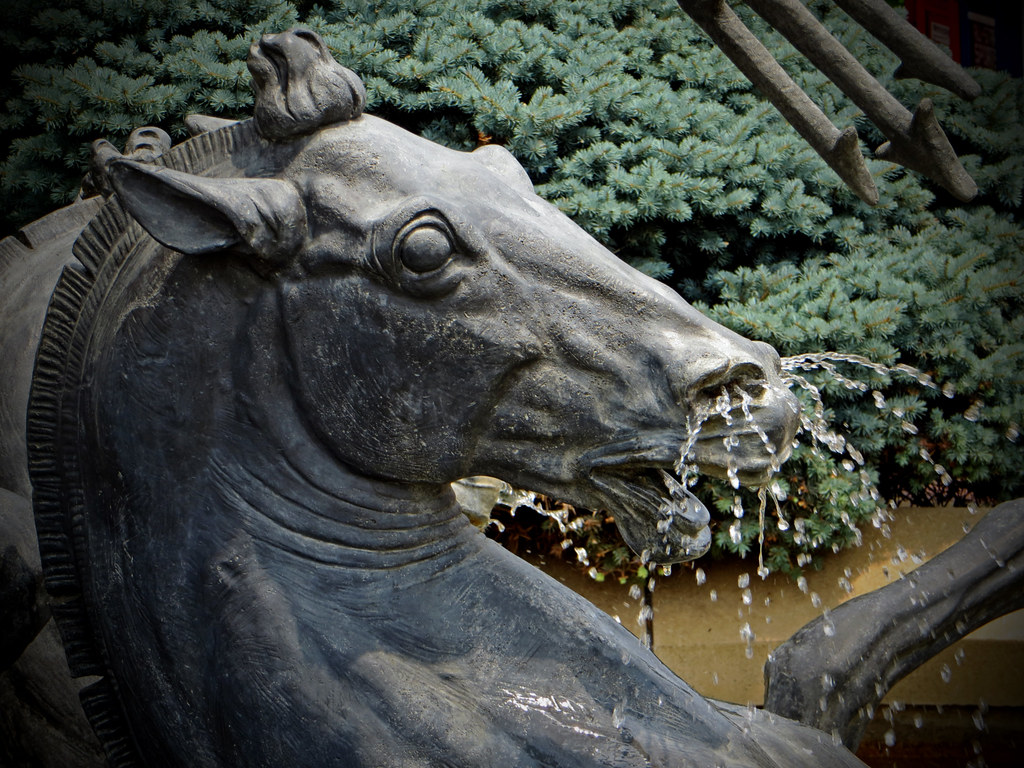
Leave a Reply